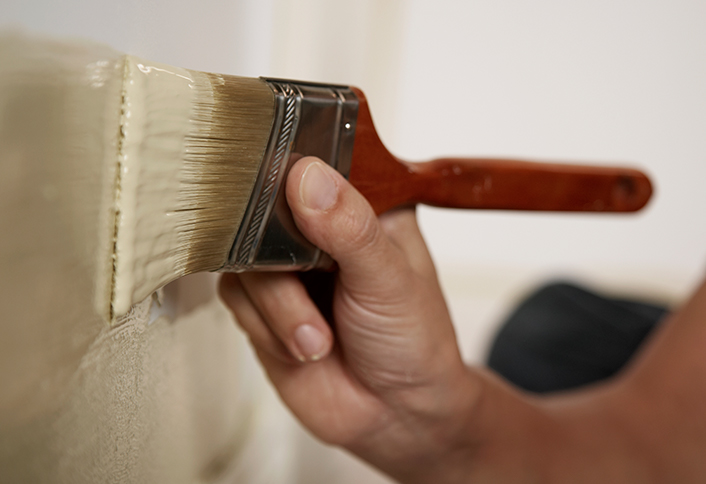How Many Coats of Paint to Use and When
How many coats of paint should you use in your Mt Laurel NJ home?
Many times a home-owner will ask us how many coats of paint we will apply to their walls and ceilings. If a room has been recently painted, are fewer coatings needed? Your project can succeed or fail based on follow through. An experienced house painter can easily assess a home or office. Bringing into play, the knowledge of a master painter will save you time, effort, and money.

The answer to your question is simple. When painting any surface, whether new or old, a minimum of two coats of paint is required. There are specific times when more than two coats will be needed. You may need additional coatings when these issues arise.
- Covering over bold colors
- When applying specialty coatings
- When painting over newly installed drywall or patching
- When using certain tones of yellow
When you paint a room, look at these circumstances and adjust your time schedule. You should always use a primer when three coats are needed. Using a quality paint primer will be more beneficial than a third coat of paint. Primer has many advantages that a wall or ceiling paint does not provide.
- Primers dry quickly
- Primers bind to the wall and to paints
- Primers leave a smooth surface
- Primers seal stains and drywall effectively
Do not confuse yourself with the “One Coat” paint products that are being advertised. Even when using a paint and primer in one, two coats are needed. You will not achieve durability and luster without your second coat.
When can you use only one coat of paint?
Although most house painting requires two coats of paint, there are times when a one coat application is more efficient. You will find that one coat is required when using specialty paints and stains. For example faux painting, glazing, natural tone stains, and poly-sealing, are all times when only one coat should be used. Here are a few places and times when only one coat of finish should be applied.
- Deck Sealing, to achieve a natural finish
- Staining interior trim work
- Metallic Finishes
- Faux Techniques
- Glazing Cabinets
- Front Door Staining
Often a DIY homeowner will think that a second coat of stain is required to gain the look they want. The issue at this point is already overlooked. The problem lies in the original color that was chosen. If you are under the impression that one coat of your stain isn’t dark enough, it is because you chose the wrong color. You may apply a second coat of stain to gain the color. The second coating does not always soak into the wood surface as required. Your stain may now be sitting on top of stain without proper absorption. In the future, you may incur pealing and flaking areas.

Stain works differently on different materials. Your wood may come from a different tree, or have aged differently than a sample piece you have purchased. You should try your colors before you begin. Remember that only one coat is needed. Let’s try to get it right the first time!








